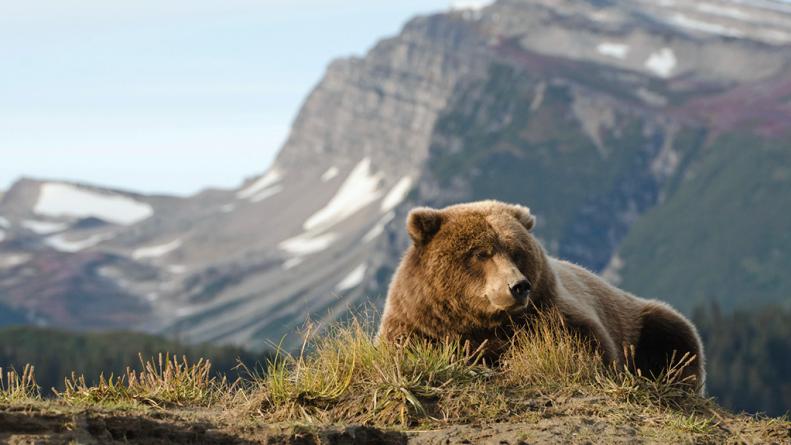1 / 16
Photo: David Rasmus/Getty Images/iStockphoto
Hidden But Great National Parks
If you're interested in exploring America's magnificent national parks but don't want the crowds and household name status of more popular parks like Yosemite National Park or Great Smoky Mountains National Park (the two-most visited national parks in 2020 according to the National Park Service, with a combined total of 15.9 million visitors), then try one of these less-charted parks.









